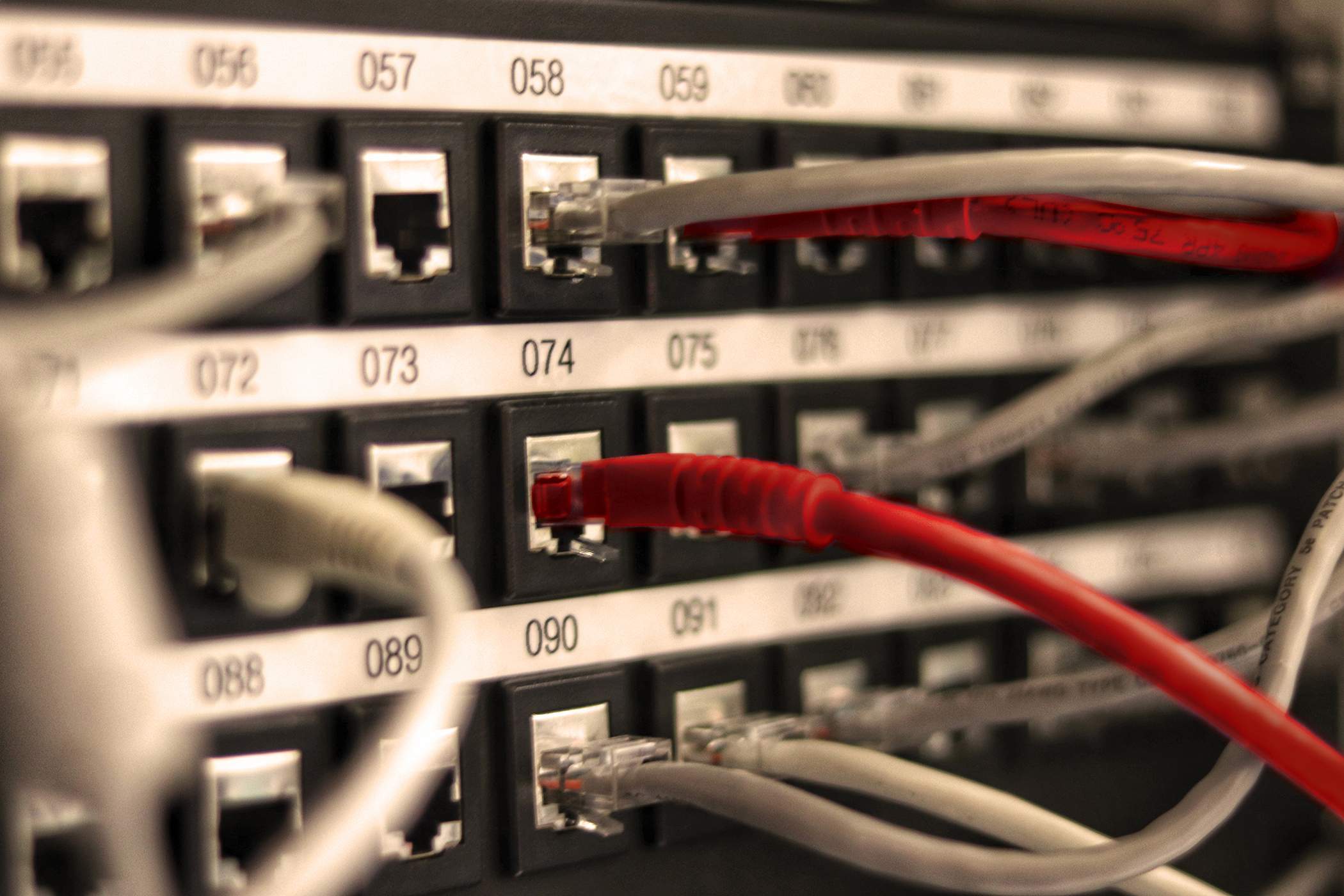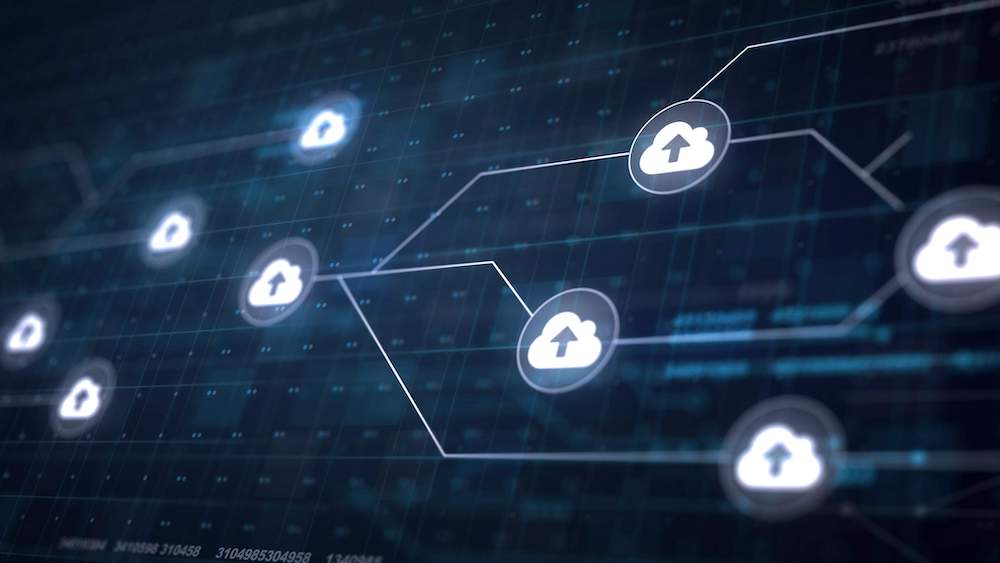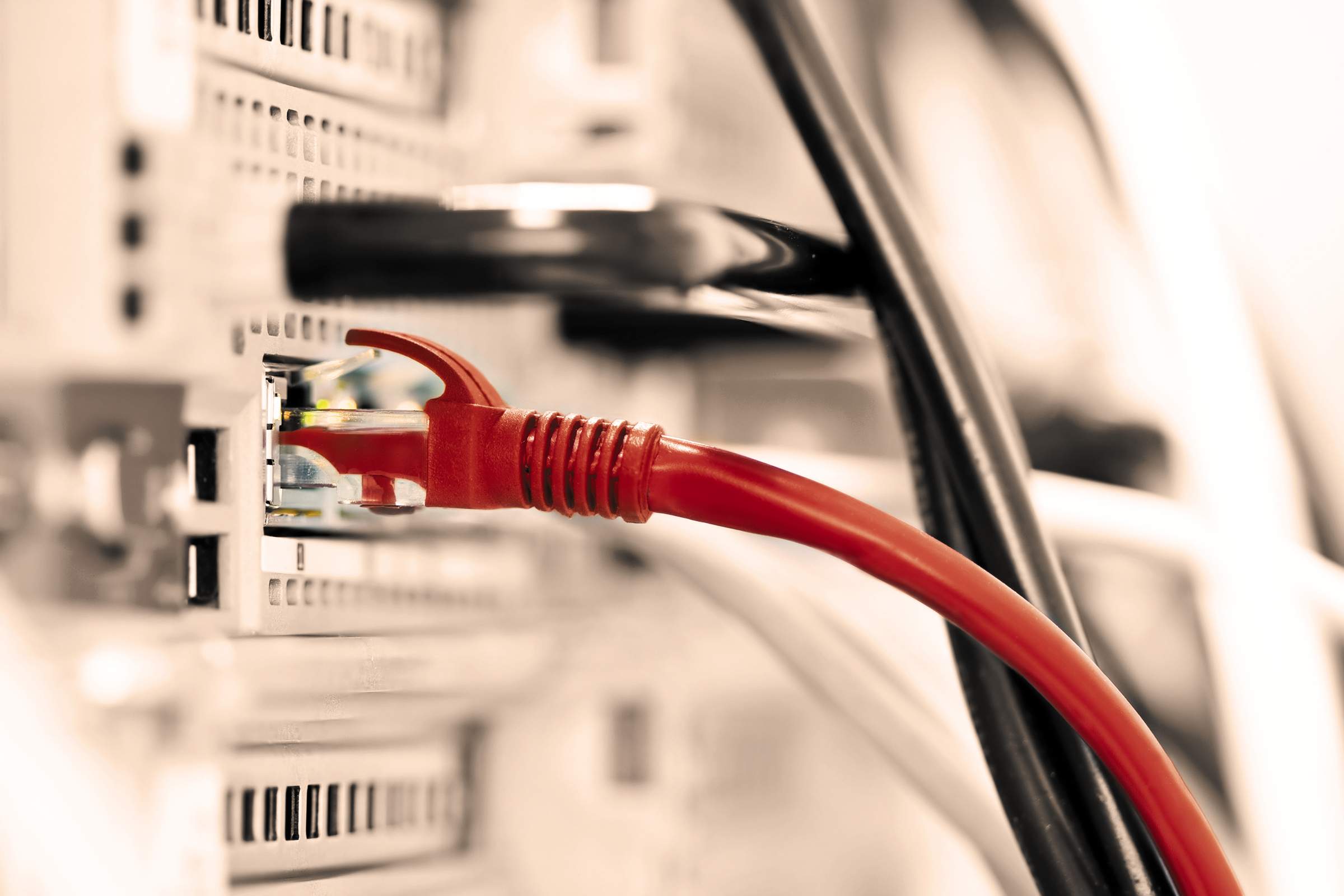Ethernet Over Copper vs Fiber Internet: Which One is Good for Business?
-
November 29, 2022
-
6 min read

In today’s fast-paced world, the success of a business is based on how well it can communicate with other businesses. Faster and better B2B connectivity ensures that businesses can receive, understand, and respond to communications at the earliest. To make this connectivity unrestricted and uninterrupted, businesses can opt either for Ethernet Over Copper (EOC) or Fiber Internet (FI).
As the demand for bandwidth doubles every 18 months, the type of data connectivity a business chooses must depend on the technology it uses and the amount of traffic it needs to sustain.
A typical internet user doesn’t care about different types of internet cables and wires as long as they get an internet service that provides last-mile connectivity and allows them to do their job without delays. Most internet service providers offer high-speed internet using either EOC or FI.
Bandwidth
Bandwidth refers to a network’s capacity to transfer data, calculated in Gigabits per second (Gbps) or Megabits per second (Mbps). The higher the bandwidth used by a business, the more data it can transmit in one go. An insufficient bandwidth leads to a sluggish data connection, packet loss and jitters. Speed, reliability, and performance, though important for sustained data connectivity, are not the same as bandwidth. An internet service provider may provide the bandwidth via EOC or FI. Both have different levels of reliability and costs.
What is Fiber Internet?
Narinder Singh Kapany developed Fiber optics in 1954, and NASA used it in a TV camera on the moon mission in 1969.
Fiber-optic internet or fiber internet or fiber is a broadband connection known for its speed of up to 940 Mbps. Not as susceptible to weather conditions as other cables that minimise outages, FI is ideally suited for use by multiple users to connect many devices at once. It uses fiber-optic cable to send data as fast as 70% the speed of light. Slightly larger than human hair at 125 microns, the data transported over FI is then converted into electrical out for use in devices for users to understand.
There are two types of fiber optic cables: Direct Internet Access (DIA) fiber and broadband fiber-optic network. While the DIA is ideal for mission-critical operations where large businesses require uninterrupted internet connectivity, broadband fiber is better suited for small companies and residences.
FI was first used to transmit messages between the USA and the UK when undersea fiber optic cables were laid for the 1st time in 1988. However, fiber Internet isn’t common due to its cost. It is expensive to use and maintain and doesn’t justify the cost when cable is available as a cheaper option.
What is EOC?
EOC or Ethernet Over Copper is the transmission of ethernet using twisted telephone wires as carriers. The physical infrastructure of an EOC network consists of physical layers such as 10 PASS-TS, 2 BASE-TL, and an RJ-45 Jack. It also uses special adapters, since an EOC connection can’t be plugged into standard ethernet ports. CLECs (Competitive Local Exchange Carriers) and ILECs (Incumbent Local Exchange Carriers) provide EOC.
Features of Ethernet Over Copper (EOC)
- Ethernet Over Copper allows cost-effective, affordable and fast installation.
- EOC is governed by standards set by MEF (Metro Ethernet Forum), allowing businesses to enjoy ethernet connectivity that meets all types of speed requirements.
- EOC also allows businesses to be up and running in no time, providing uninterrupted networking.
- Ethernet was developed in the 1970s by Xerox and went commercial in the 1980s.
- EOC can be measured and counted at par with other technologies in terms of speed of data transmission, network availability and robustness
- EOC can provide 200 megabits per second if bonded multiple copper pairs are used.
- Ethernet Over Copper service providers can provide intelligent diagnostics, robust SLAs, customer and technical support, and simpler management.
- EOC is an extremely inexpensive technology and doesn’t require sophisticated equipment and new cabling.
- Companies choose ethernet for the host of benefits it provides both at LAN (Local Area Network) and WAN (Wide Area Network) level.
- Starting at a lowly 10 Mbps, EOC has evolved and soon, may be able to deliver bandwidth up to 10 gigabits per second owing to the adoption of VDSL2 technology.
- The most common copper cable types used are Cat 5e (enhanced), Cat 6, Cat 6a (advanced), and Cat 7.
Connectivity provided by ethernet can be categorised into Ethernet Private Line (EPL), Ethernet Local Area Network (ELAN), and Ethernet Virtual Private Line (EVPL) service. These services are characterised by the flexibility, scalability, and cost-effectiveness they provide compared to the traditional hub and spoke networks.
FI vs. EOC
- While Fiber Internet uses fiber optic cables that make it ultralight, EOC uses copper wires, making it bulkier.
- An EOC or copper wire transmits data via electrons. An FI uses photons for data transmission.
- A FI can transmit more data per second than an EOC.
- Only 3% of the signal is lost in covering distances above 100 metres using FI, while there is a whopping 94% loss in signal in an EOC.
- A fiber optic cable doesn’t conduct electrical currents and is fire-resistant, while an EOC conducts electricity, making it vulnerable to lightning strikes, power surges, and deliberate signal-scrambling.
- An EOC can break during installation, owing to its low tolerance for tension. A fiber optic is small, light, and more durable.
- Fiber optics offer much lower latency than copper. Fiber optics are available in single and multimode. While the single-mode uses laser lights to send signals over long distances, diodes send signals over multimode cables for short distances. Single-mode fiber can reach distances up to 50 times greater than multimode can accommodate, but it is also more expensive.
- Both EOC and FI suffer from the weakening of waveform signals over long distances. But while copper cables are limited to 100 metres (330 feet), fiber optic cabling can transmit up to 24 miles.
- A multi-fiber backbone will last for years and support increased bandwidth needs. An EOC has a lifespan of a little over five years.
- Fiber optics offer more “symmetrical bandwidth” or equal upload and download speeds. EOC also offers similar speeds but rarely.
- The installation cost of fiber optic cable depends on proximity to resources. If the business is set up in an area where fiber-optic resources are already set up, the cost will be cheaper.
- FI has a longer life cycle, and lower total cost of ownership compared to EOC.
- FI provides better reliable data transmissions for superior continuity.
Final word
Businesses must identify and invest in procuring a solid internet connection that offers the most reliable service that is within budget and meets all its requirements. The internet connection a business chooses will impact its employees’ efficiency, productivity, and reputation. It also impacts customers and business partners.
EOC holds an edge over FI in the long run, providing far better internet connectivity to large businesses. FI can bring multiple sites together and provide higher bandwidths.
Whether you choose an EOC or FI connection, you must pick the best available service. Airtel is one such reliable provider in the network industry you can go with.
 Share
Share












